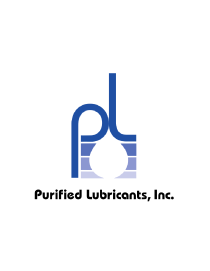When beginning its lubrication program, the Indiana-Kentucky Electric Corp. (IKEC) in Madison, Indiana, had an old lube room that was dusty, dirty and wet when it rained. Cross-contamination was widespread. There were no desiccant breathers, and the same pumps were used to remove oil from all the drums. The manual dumping rig also presented a safety hazard to employees.





